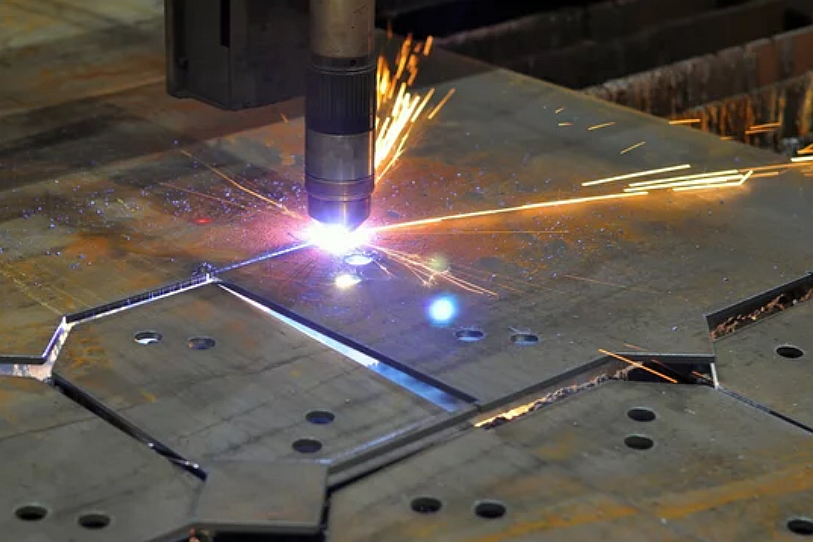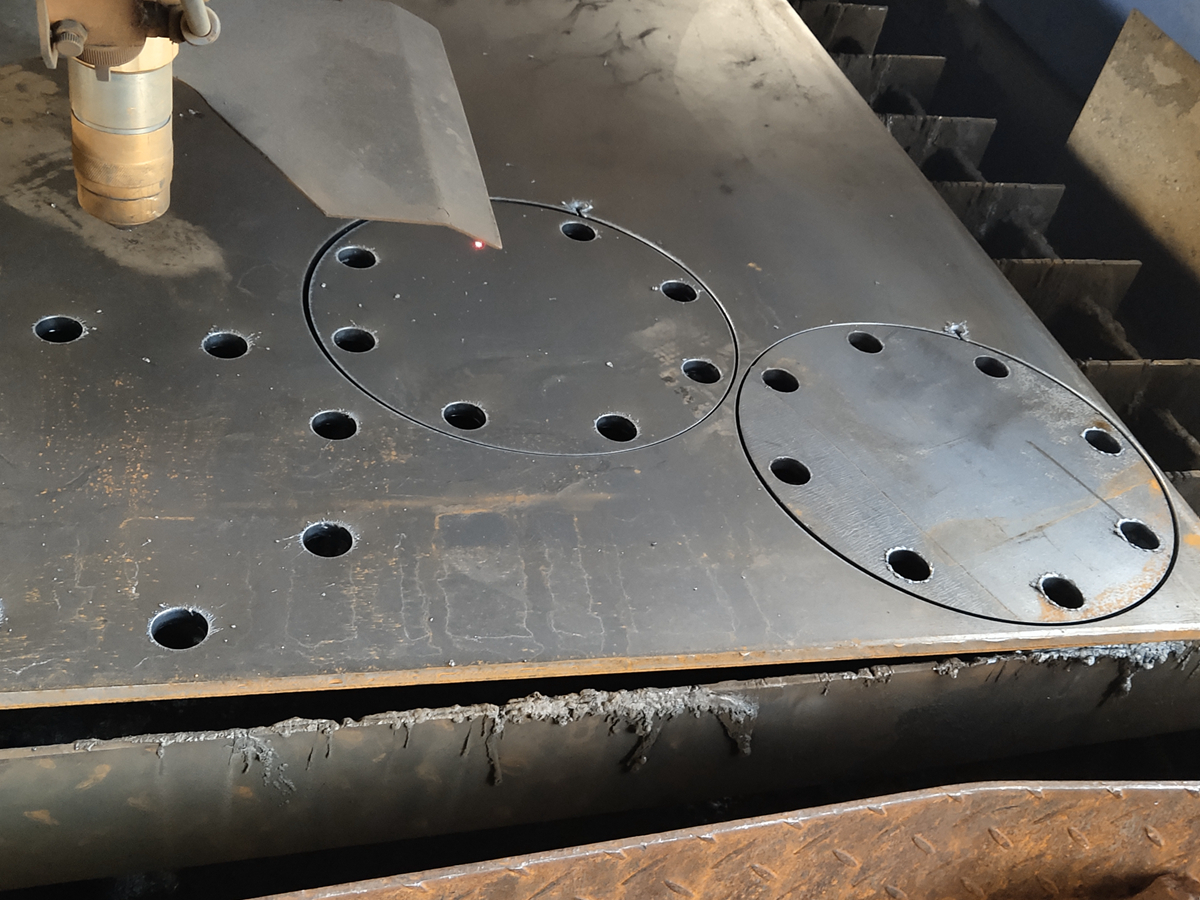What common issues arise in plasma cutting operations?
Introduction
Plasma cutting is a vital process in modern metal fabrication, enabling the fast and precise cutting of conductive materials. Despite its efficiency, certain operational issues can affect edge quality, dimensional accuracy, and equipment longevity. Understanding and controlling these challenges is crucial for achieving consistent performance in high-precision manufacturing environments, such as aerospace, automotive, and energy applications.
Common Operational Issues
1. Dross Formation and Edge Roughness
Excessive dross or slag buildup is one of the most frequent issues. It occurs when parameters such as cutting speed, current, or torch height are not properly optimized. Utilizing advanced plasma cutting systems with automated control can significantly reduce dross, particularly on thicker carbon steel or stainless steel sheets. For aluminum components, switching to laser cutting may deliver smoother edges.
2. Inconsistent Torch Height and Arc Instability
Improper torch height control can cause uneven kerf width and excessive wear on consumables. Integrating CNC systems from CNC machining prototyping allows tighter control over torch position, improving stability and reducing heat distortion in thin sheet metal fabrication applications.
3. Gas Flow and Pressure Problems
Incorrect plasma gas selection or pressure variation often leads to irregular cuts or oxidation marks. Using inert or mixed gases, such as argon-hydrogen, is beneficial when cutting nickel-based alloys or copper alloys, where oxidation resistance and thermal conductivity are crucial.
4. Consumable Wear and Nozzle Damage
Electrodes and nozzles degrade quickly under improper amperage or poor cooling conditions. Regular maintenance and compatible consumables, specifically designed for aluminum die casting or stainless steel, enhance service life and cutting consistency.
5. Poor Edge Squareness and Bevel Angles
Incorrect speed or arc alignment produces bevelled cuts, particularly on thicker carbon steel. When dimensional precision is crucial, post-cut CNC machining or precision casting may be employed to achieve tolerance conformity.
Surface Treatment Solutions
Post-cut finishing enhances both performance and appearance. Polishing eliminates micro-burrs, while powder coating provides corrosion resistance and a uniform surface finish for end-use products in industries such as lighting and e-mobility.
Materials Considerations
Different materials behave uniquely under plasma arcs. Cast aluminum and magnesium alloys require controlled current to avoid warping. Zinc alloys and tool steels, due to their melting points, may benefit from adaptive feed rates and preheating techniques to prevent cracking.
Industrial Applications
In the aerospace sector, plasma cutting is used for brackets and engine components requiring tight tolerances. Automotive manufacturers utilize it for chassis and body parts, while the energy industry depends on it for heavy-duty structural fabrication and cutting heat-resistant alloys.



